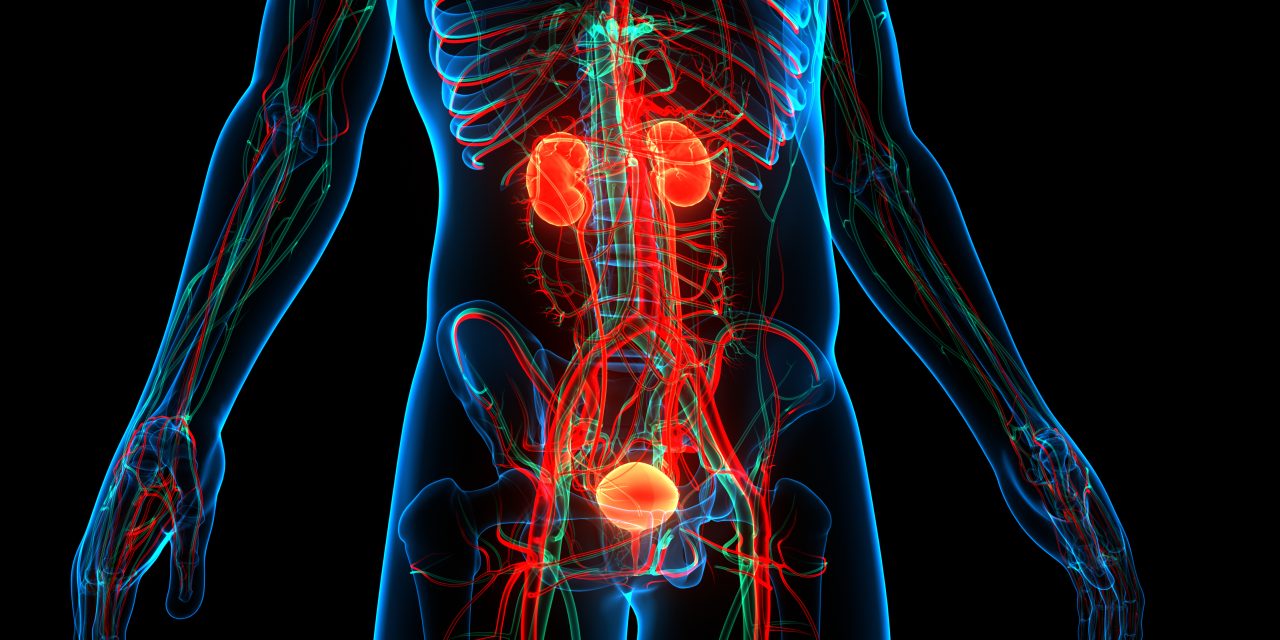To determine if patients were obtaining opioids after HoLEP from other sources – despite our opioid-free postoperative pathway – we utilized a national prescription drug monitoring program (PDMP) to review all patients who underwent HoLEP at our institution.
We performed a retrospective review of all HoLEPs completed by two fellowship-trained surgeons. We utilized a national PDMP to determine the true rate of postoperative opioid use. The primary outcome was filling of an opioid prescription within 31 postoperative days. Student t-tests and chi-square tests were used to compare continuous and categorical variables, respectively.
From July 2018-July 2020, 284 men underwent HoLEP. Despite our opioid-free pathway, 35 men (12.4%) received postoperative opioids. Unfortunately, 41.2% of opioids were prescribed by our inpatient physician assistant on his own accord. To prevent confounding, these patients were excluded from primary analyses. Thus, only 7.4% of patients received postoperative opioids. On univariate analysis, surgeon experience, chronic opioid use, any opioid exposure, benzodiazepine use, and chronic pain were associated with postoperative opioid use. On multivariate analysis, only preoperative opioid exposure (OR 41.9, p=0.0383) was identified as a significant variable.
92.6% of patients did not obtain postoperative opioids on our opioid-free post-HoLEP pathway, but 7.4% of patients did obtain opioids from outside sources. Proper education of the surgical team is key to prevent inappropriate opioid prescribing. On multivariate analysis, we identified that any preoperative opioid exposure was associated with an increased risk of obtaining postoperative opioids.
Copyright © 2021. Published by Elsevier Inc.
Holmium Laser Enucleation of Prostate: What is the true rate of postoperative opioid use?


